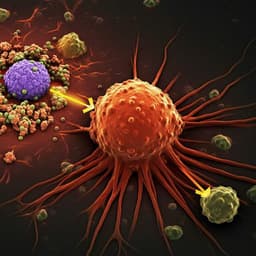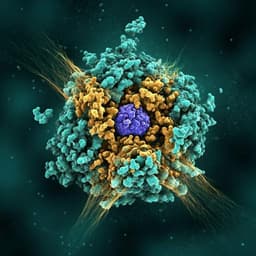
Medicine and Health
Cost-effectiveness of sacituzumab govitecan in hormone receptor-positive/ human epidermal growth factor receptor 2-negative metastatic breast cancer
D. Shi, Y. Li, et al.
Discover the findings of this pivotal study evaluating the cost-effectiveness of sacituzumab govitecan versus chemotherapy for HR+/HER2- metastatic breast cancer. Despite increased life-years and QALYs, the study reveals significant cost challenges, presenting an ICER of $612,772/QALY. This research, conducted by Demin Shi, Yan Li, Xueyan Liang, and Lingyuan Chen, highlights the urgent need for price reductions to enhance SG's feasibility.
~3 min • Beginner • English
Related Publications
Explore these studies to deepen your understanding of the subject.







